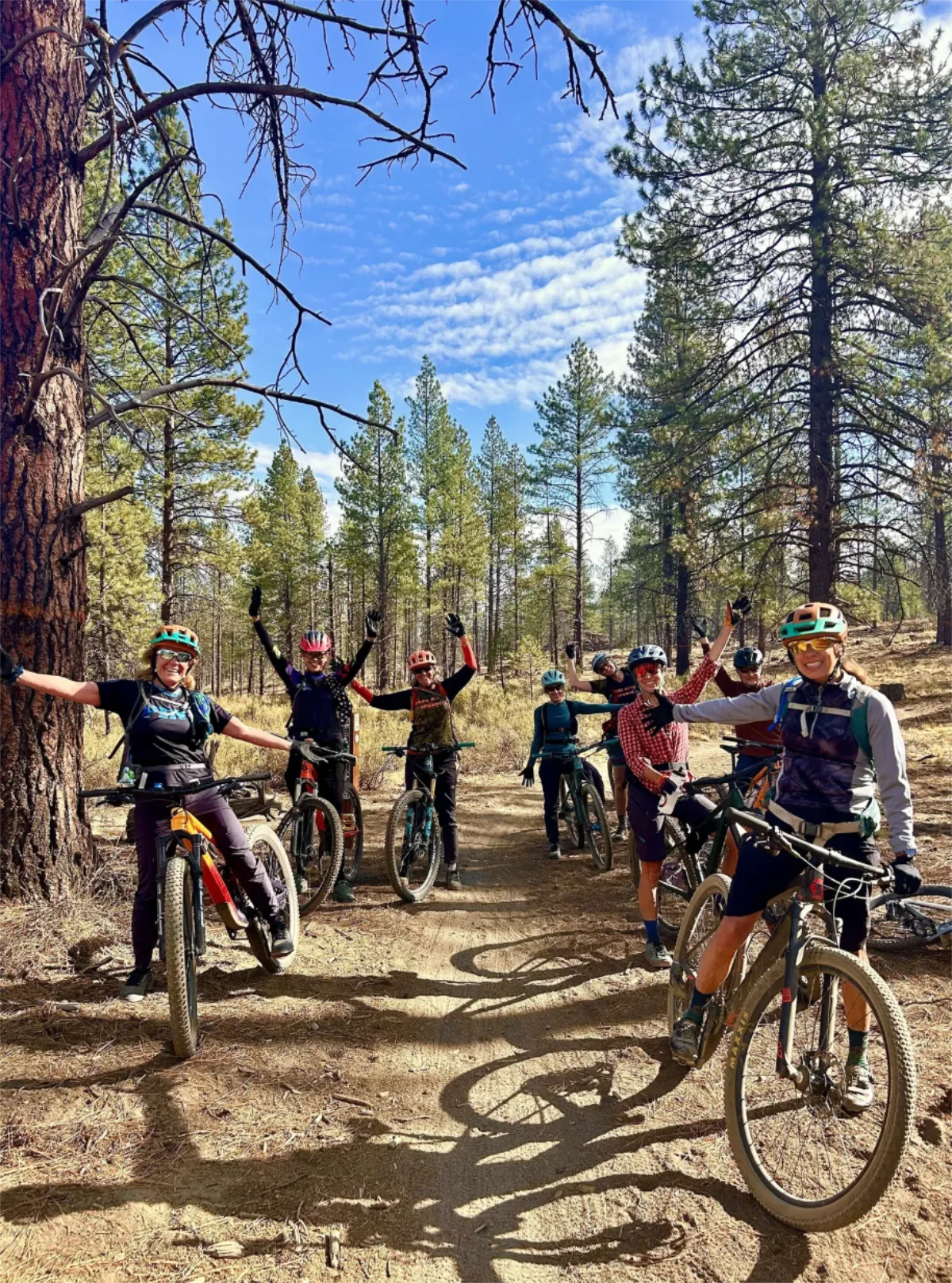
Erica runs Crank Queens, a mountain bike coaching business all about fostering empowerment and community for women who love to mountain bike. She offers introductory programs for newbies, advanced programs for shredders, and a membership that builds community.
But here's the problem: Erica wanted to fill more programs and deliver more value to her audience, but her membership had turned into a weird ghost town. People were signing up for her free monthly membership rides but then either not showing up or showing up without the foundation skills they needed, creating safety issues and slowing down the whole group.
The brutal reality: Erica was attracting riders who weren't ready for what she was offering, which meant everyone was having a subpar experience.
During our deep dive call, I asked Erica to walk me through the path most of her customers take through her offerings.
My assumption: Most people took an intro class → joined membership → took advanced classes later.
The actual reality: Most people joined the membership, never showed up, and never took a class from her. Meanwhile, the people she wanted in the membership were the ones who had taken her intro class because they'd have the foundation skills she could trust on the trails.
What we uncovered:
The lightbulb moment: We weren't dealing with a membership problem, we were dealing with a customer journey problem. Instead of trying to make the current broken flow work better, we needed to completely flip the funnel.
The "stop trying to fix the wrong thing" revelation: The membership wasn't broken, it was just positioned at the wrong point in the customer journey.


We completely restructured Erica's customer flow to prioritize foundation-building before community-joining.
The strategic restructure:
The new customer journey: New riders → Level 1 class → Advanced classes → Alumni membership → Ongoing community
Customer Journey Transformation:
Program Filling Success:
Simplified Business Operations:
"I feel much more confident knowing that there's a clear flow for people to move through with my programs. I no longer have to worry about every attendee when they sign up. I think I'm set up well for Crank Queens to grow."
Most businesses assume they know their customer journey, but assumptions can be dangerous (literally, in Erica's case).
When you take the time to map out what's actually happening versus what you think is happening, you often discover the solution isn't to fix what's broken—it's to rearrange what's working in the wrong order.
Want to see similar results for your business?
Schedule a discovery call ->